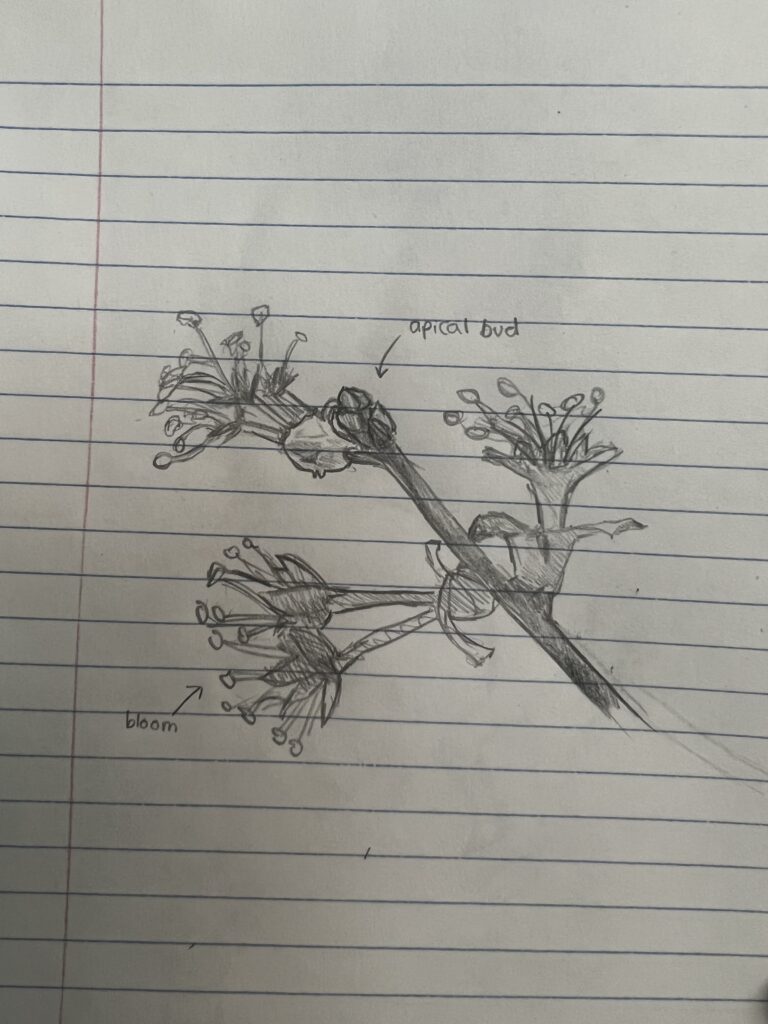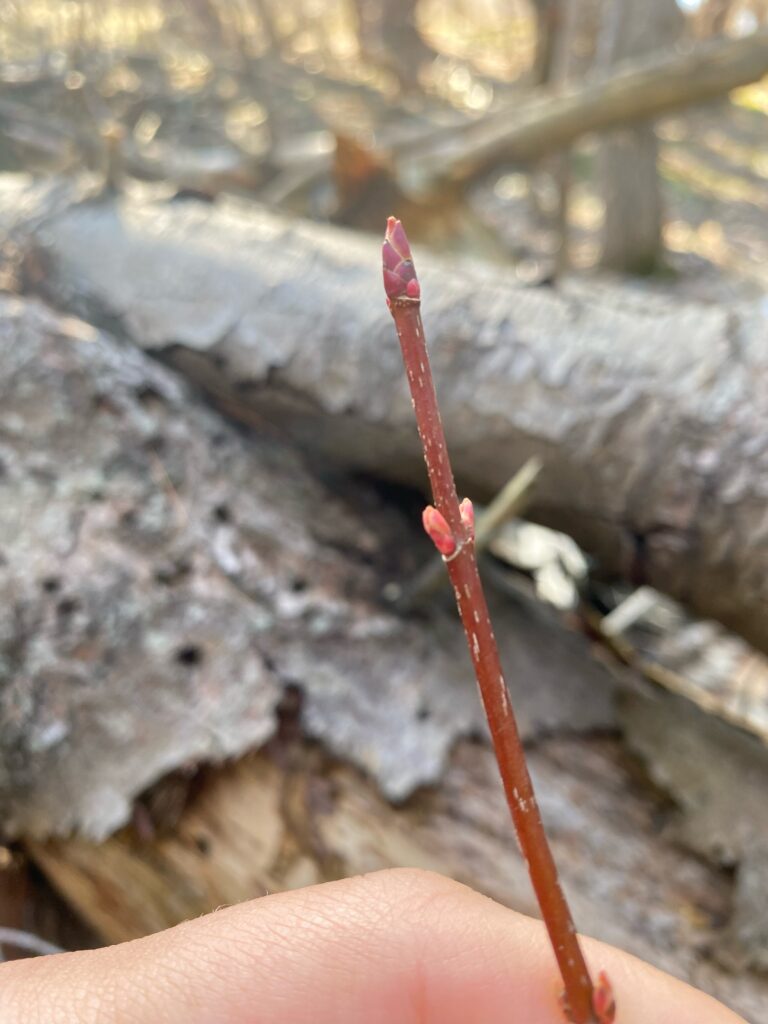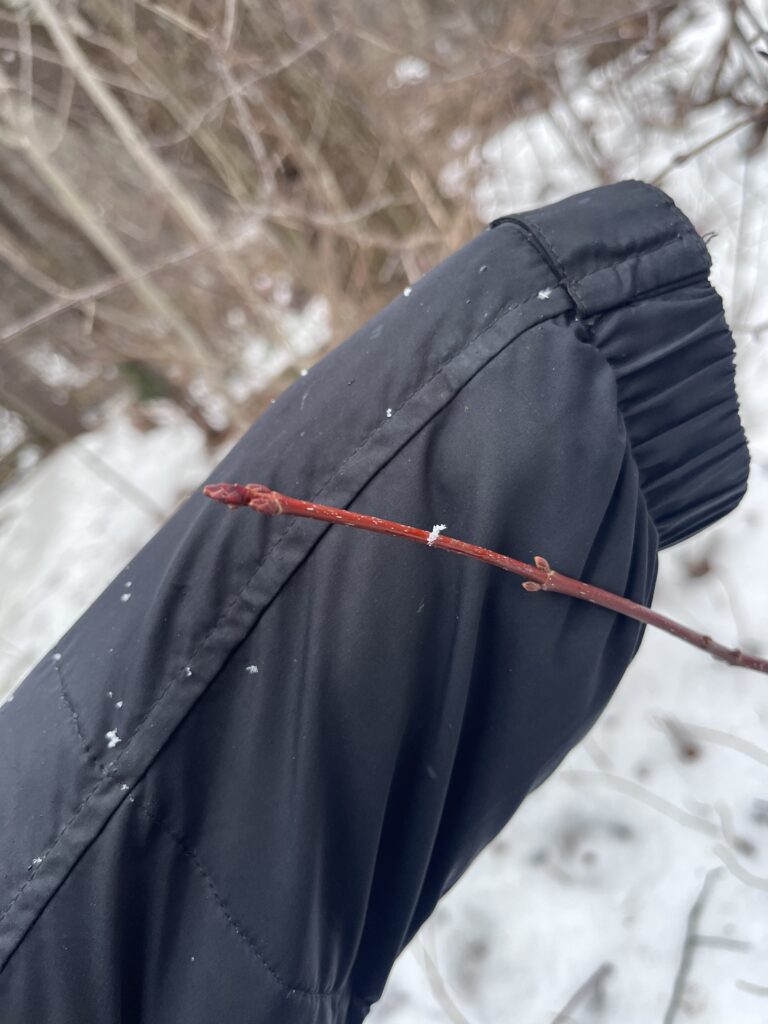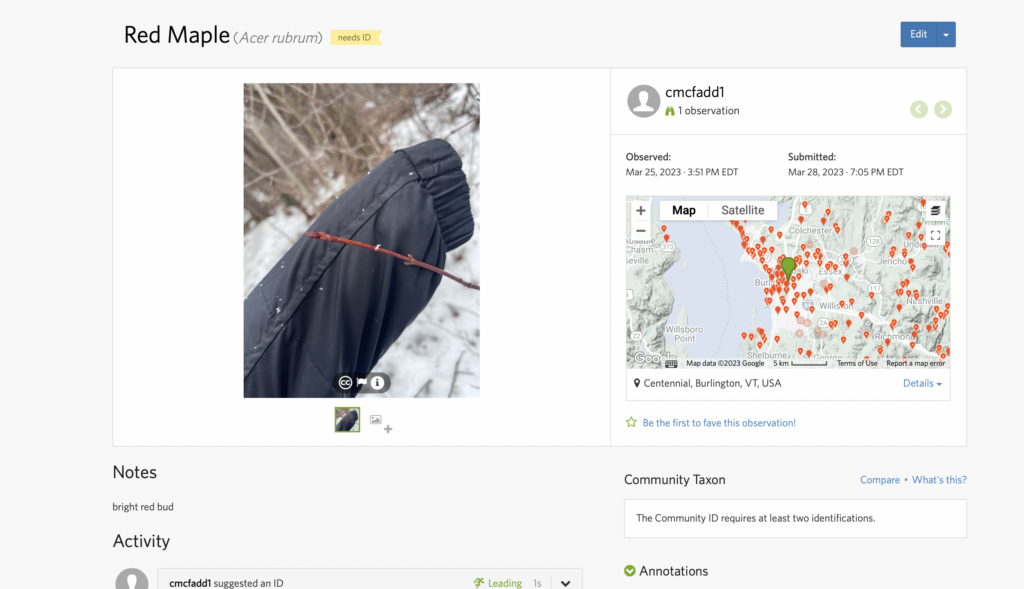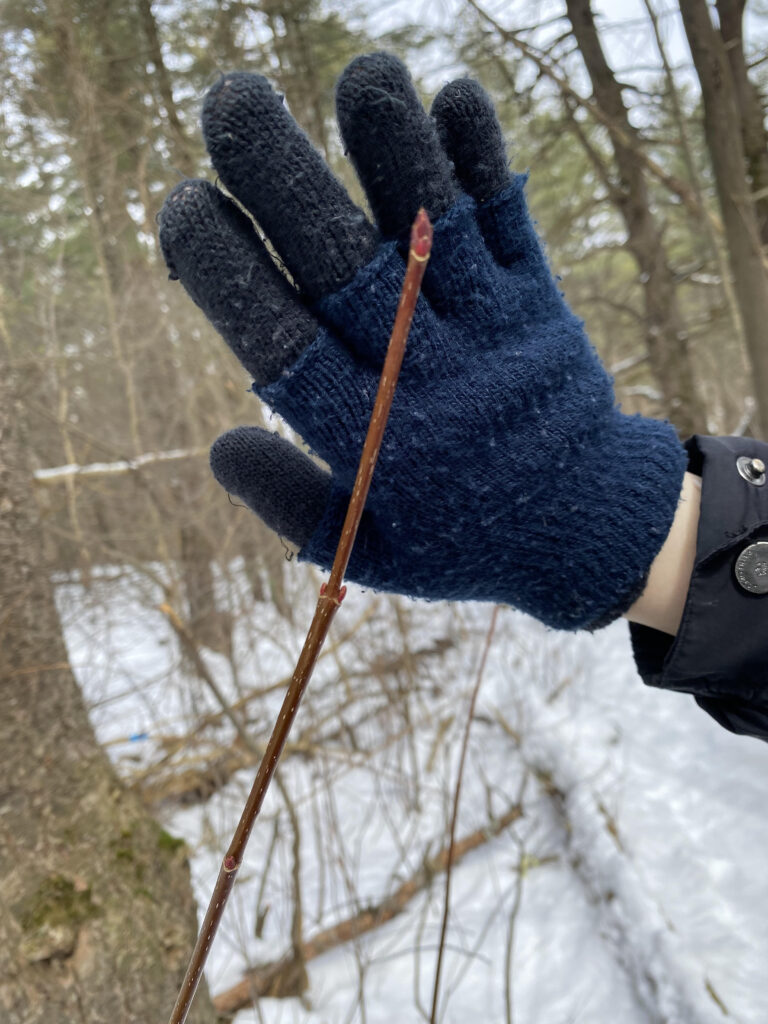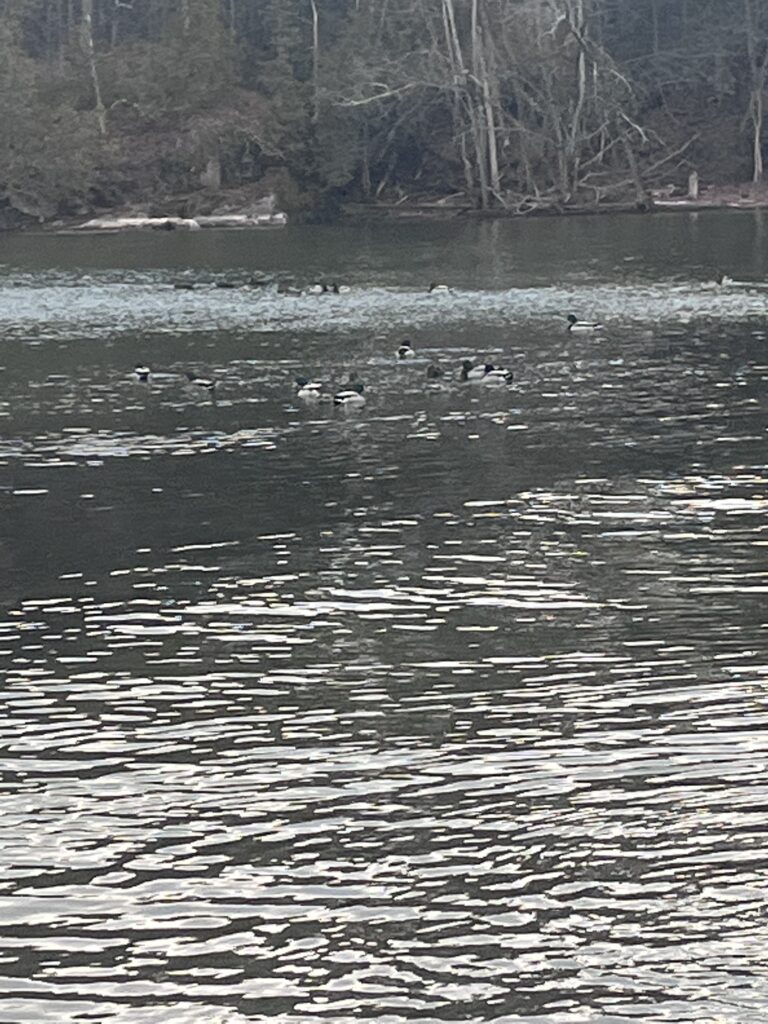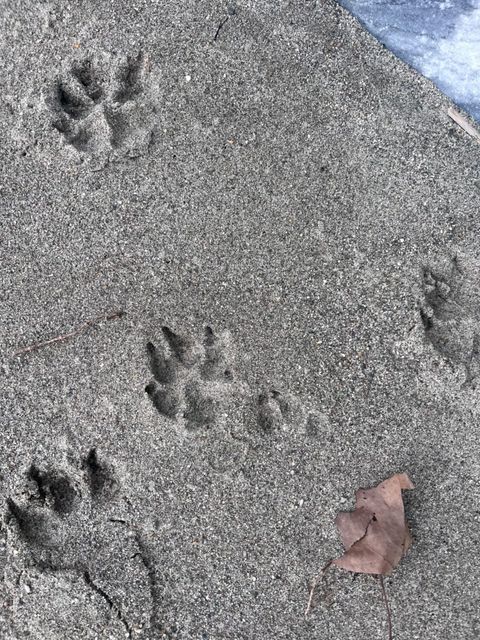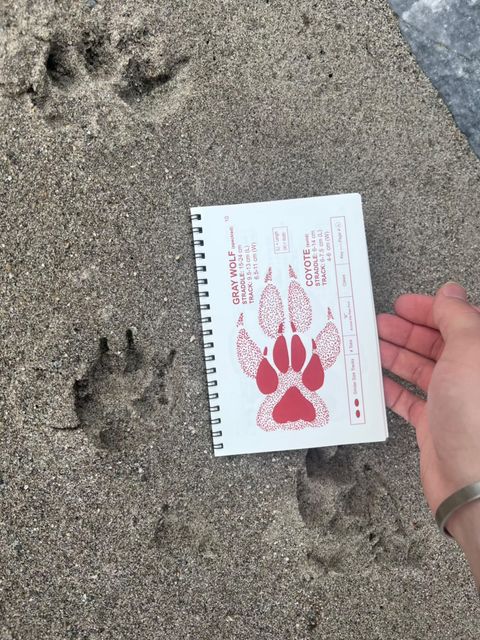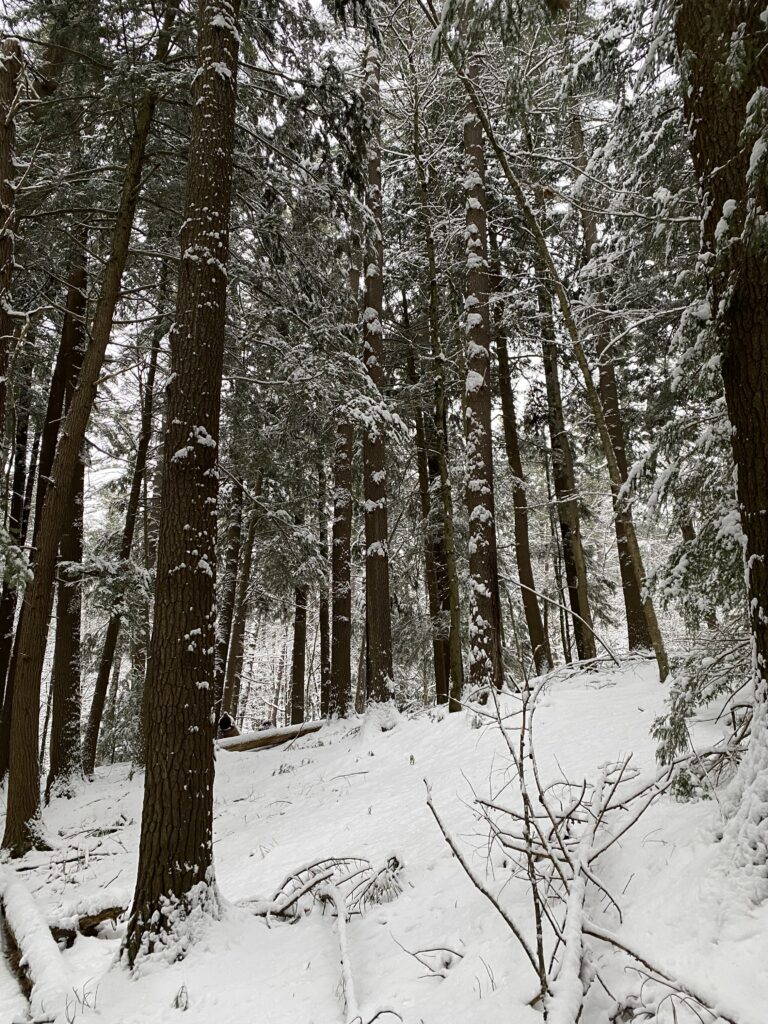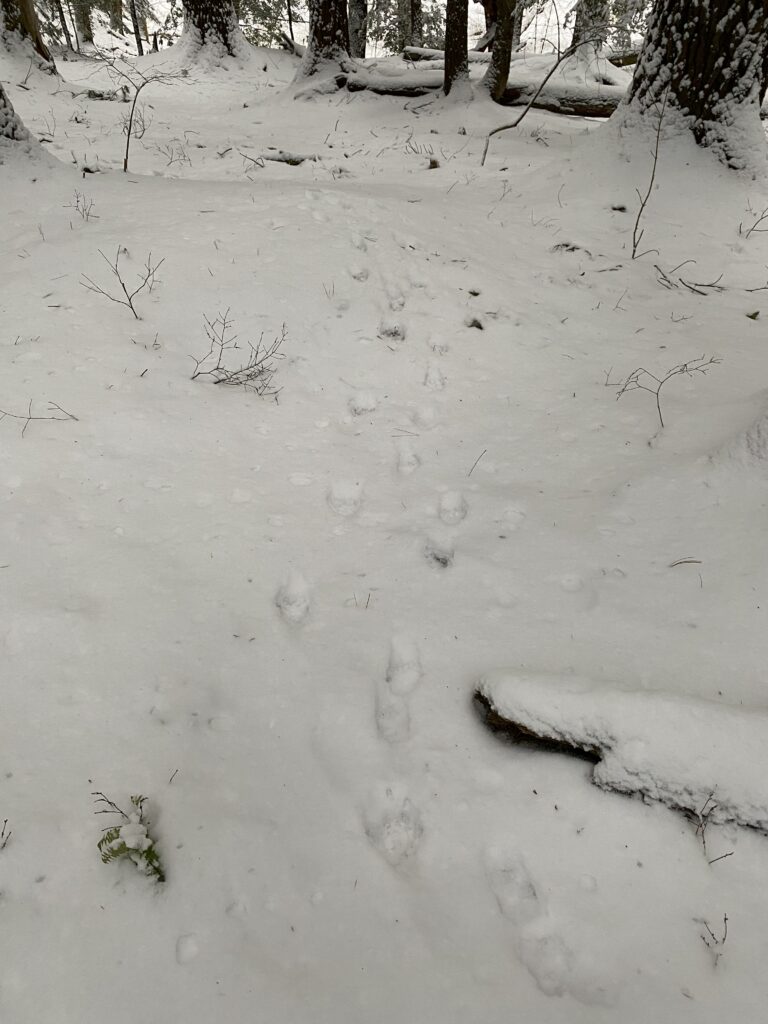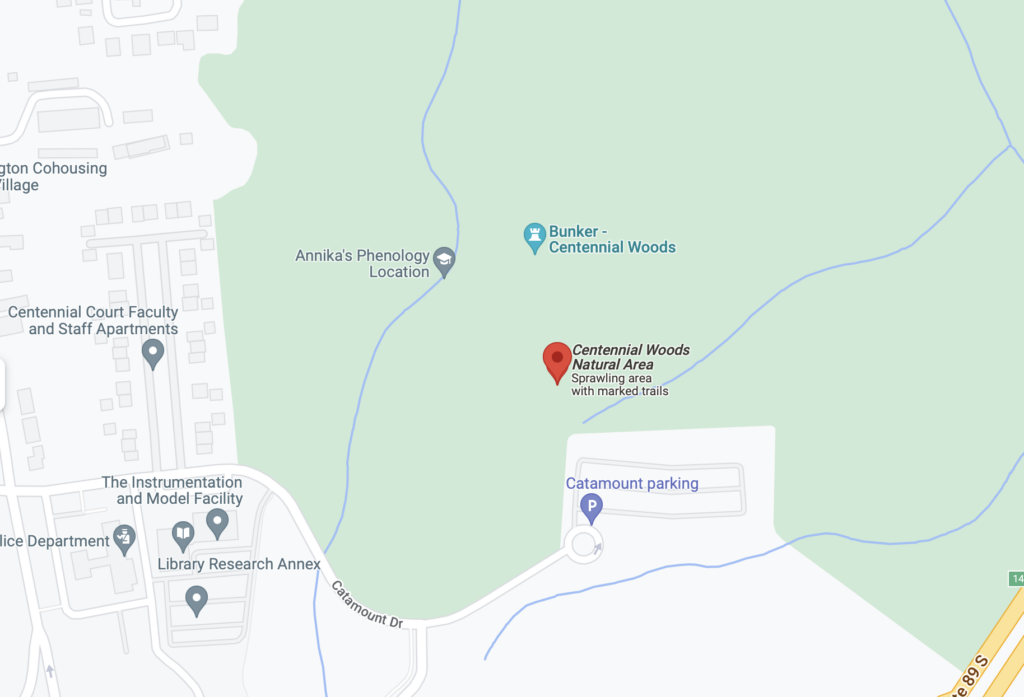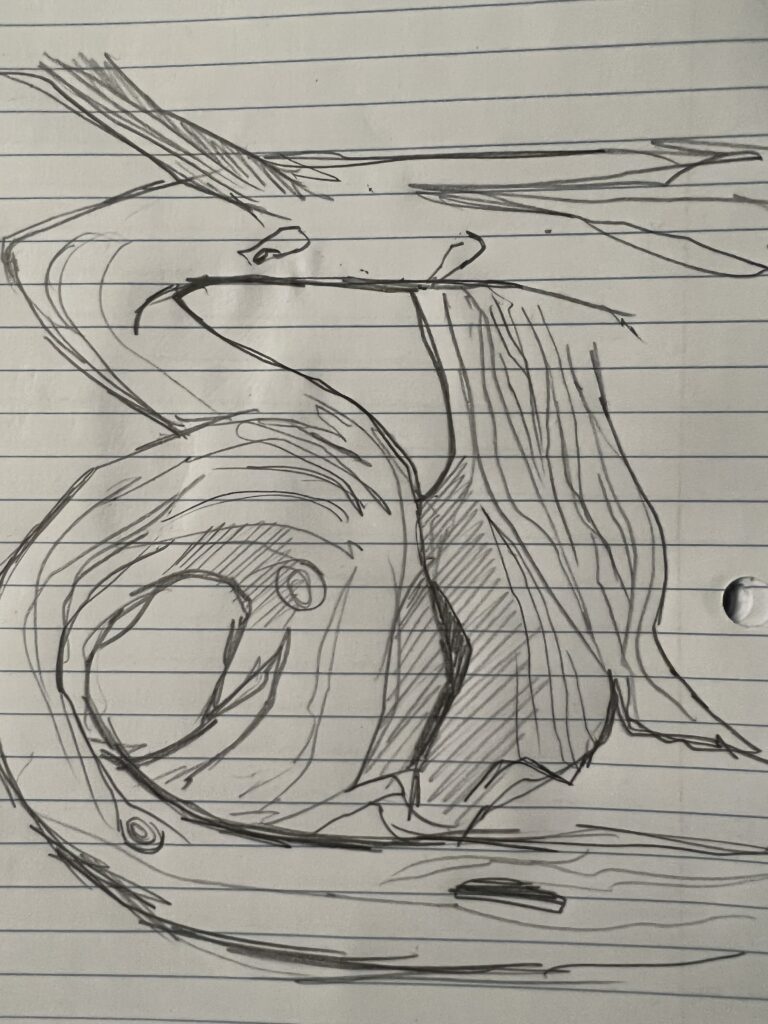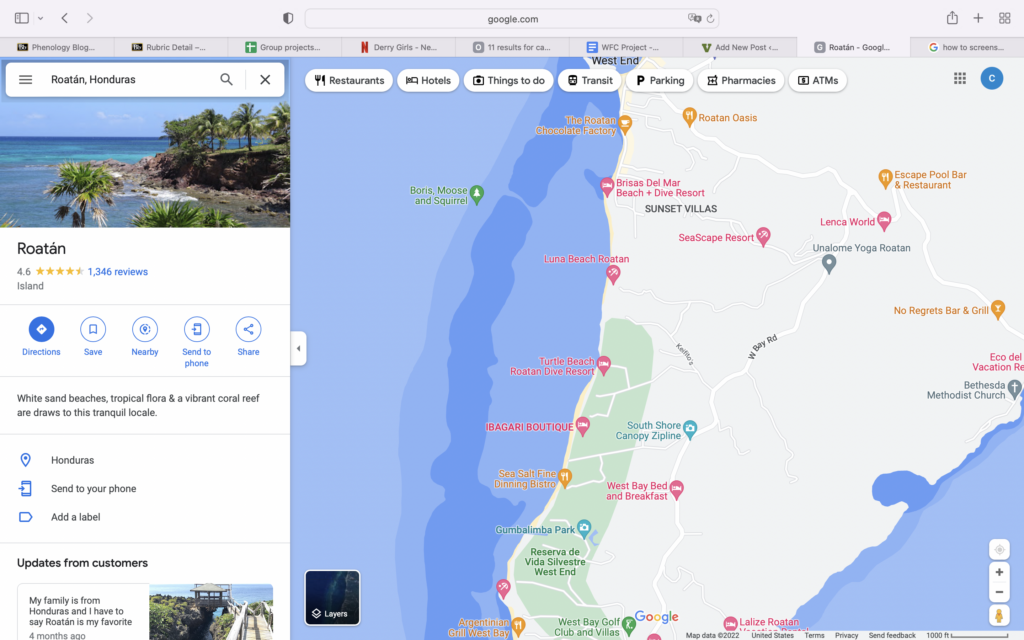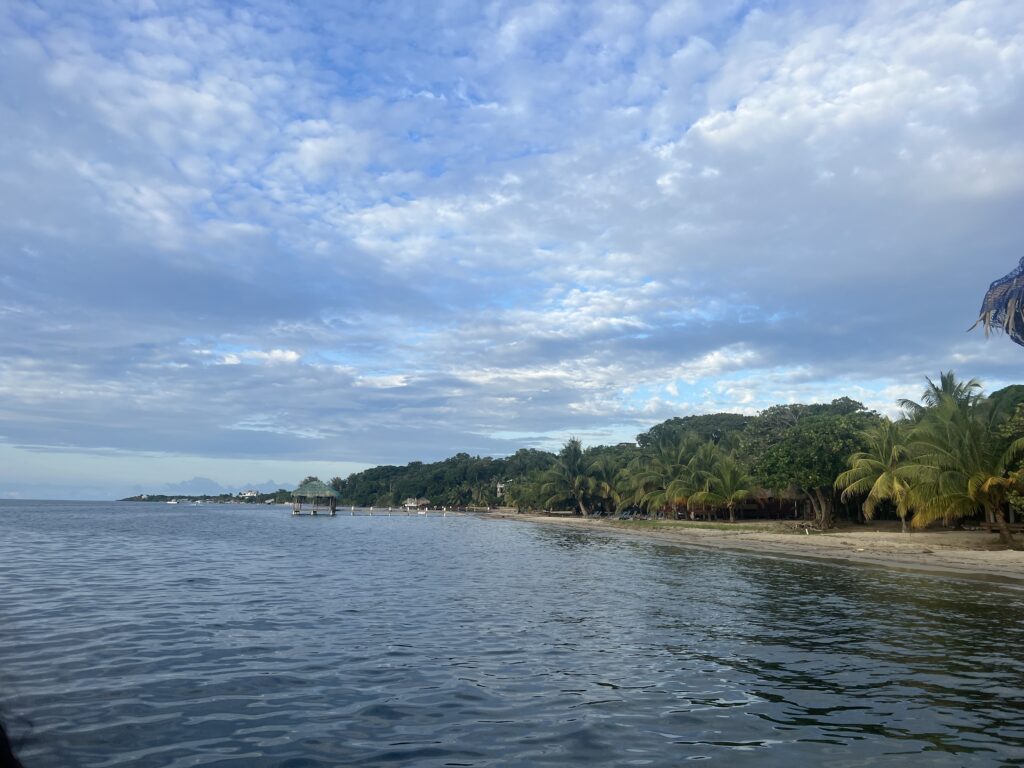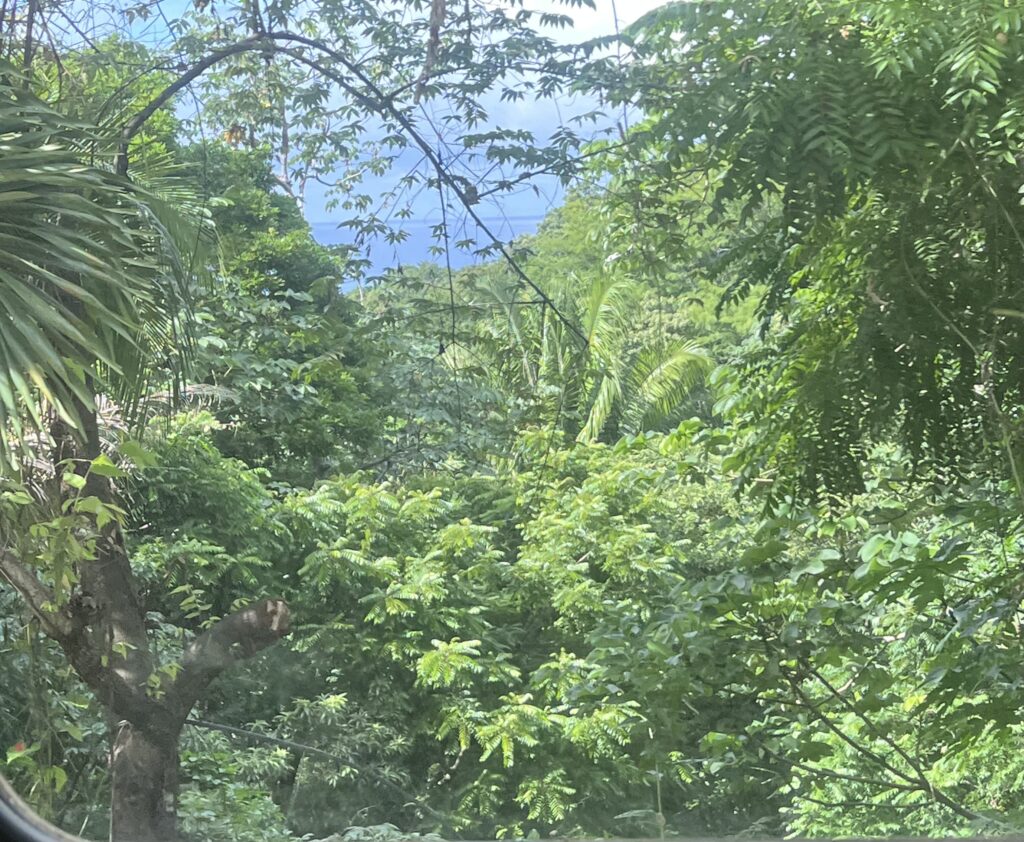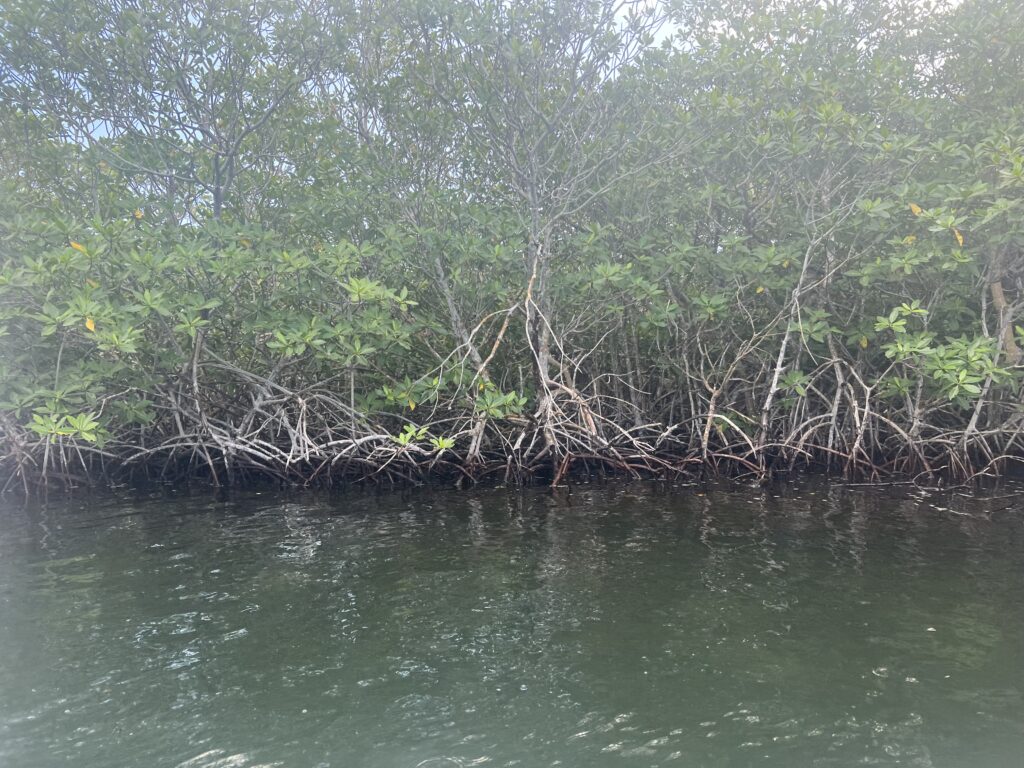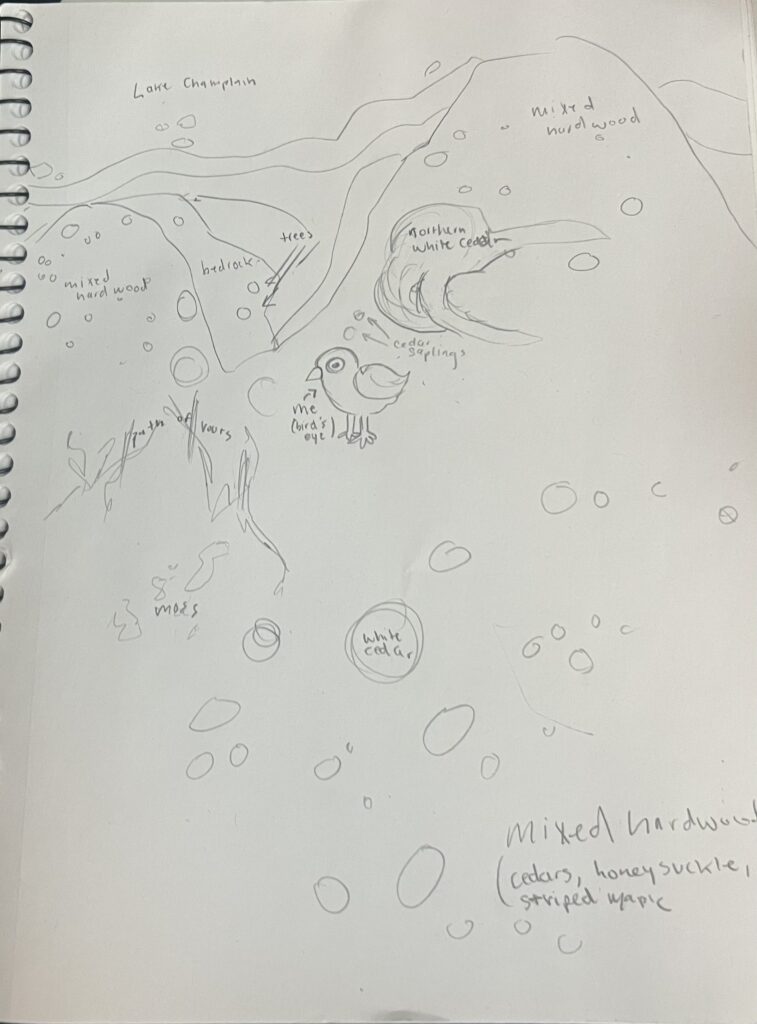I was unfortunately working three out of four days of the BioBlitz. When I wasn’t working, the weather was out to get me and I was unable to explore as much of Burlington as I wish I could have. But I still had fun doing what I could! My two favorite observations are below. One is a cottontail rabbit I saw in the University Heights green roof complex, and the other is a purple azalea plant Luigi and I found in a short trip downtown on May 1.
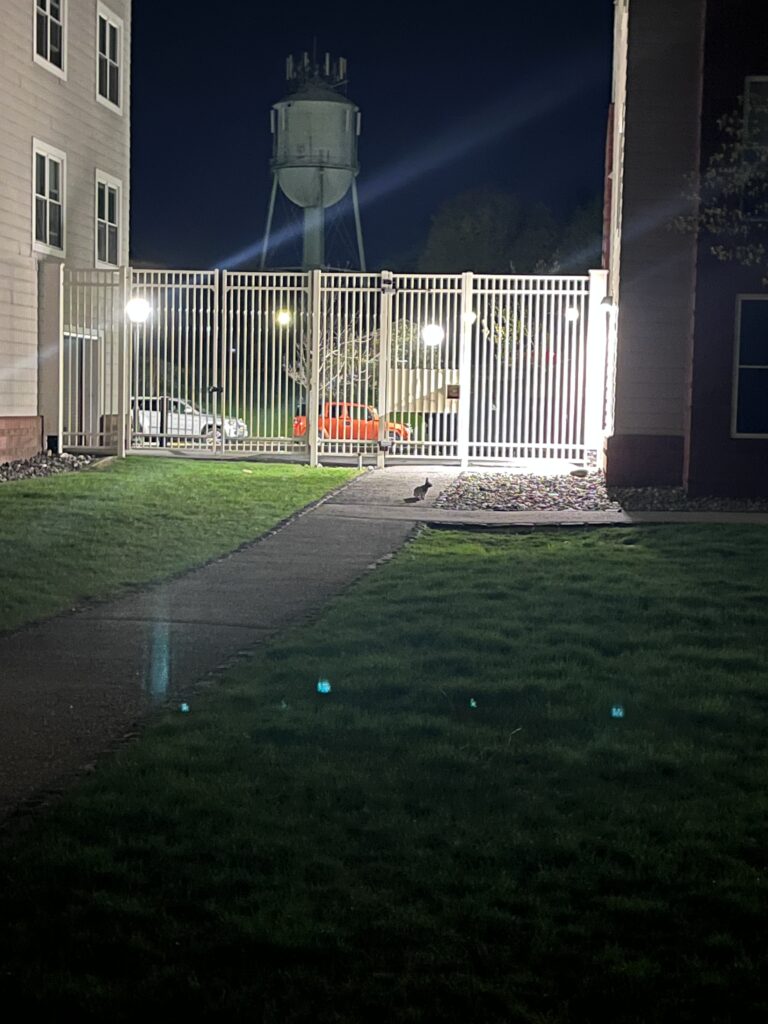
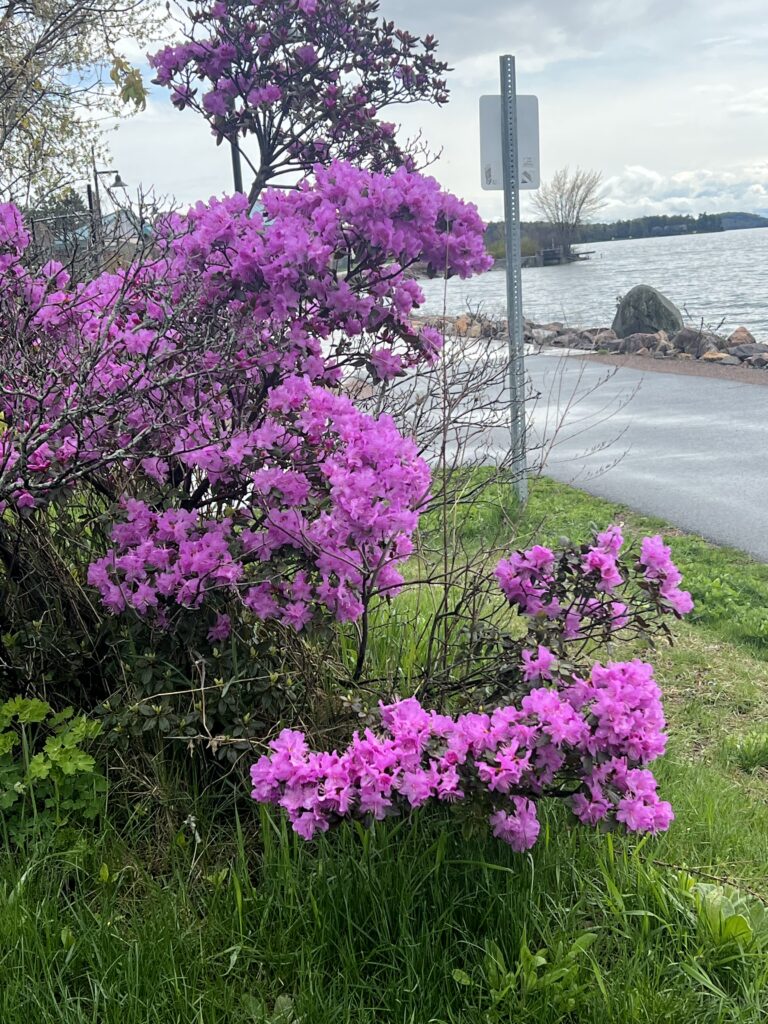
I had a bit of trouble using iNaturalist, as I’ve talked about before on here. I was finally able to make an account, but unable to upload until I moved to my computer. My biggest foil was being unable to upload on my phone. I’m not sure if that’s a feature I just couldn’t figure out or if iNaturalist just doesn’t do phone uploads, but I think it would have been a lot easier.
I really enjoyed this challenge, even though I wish I could have been more involved. It was so fun to see everyone so excited to get out and see things, and to feel a part of this long-loved tradition. I’m already planning to be more involved this time next year!
